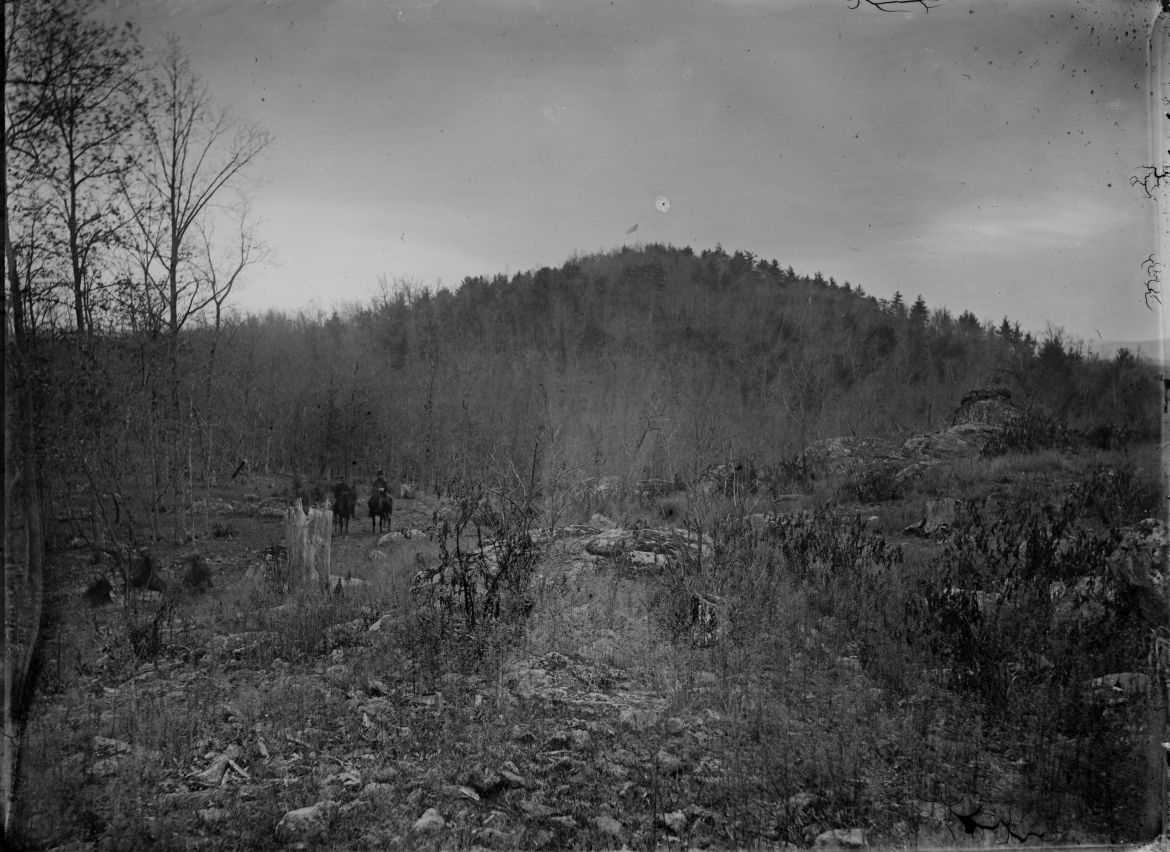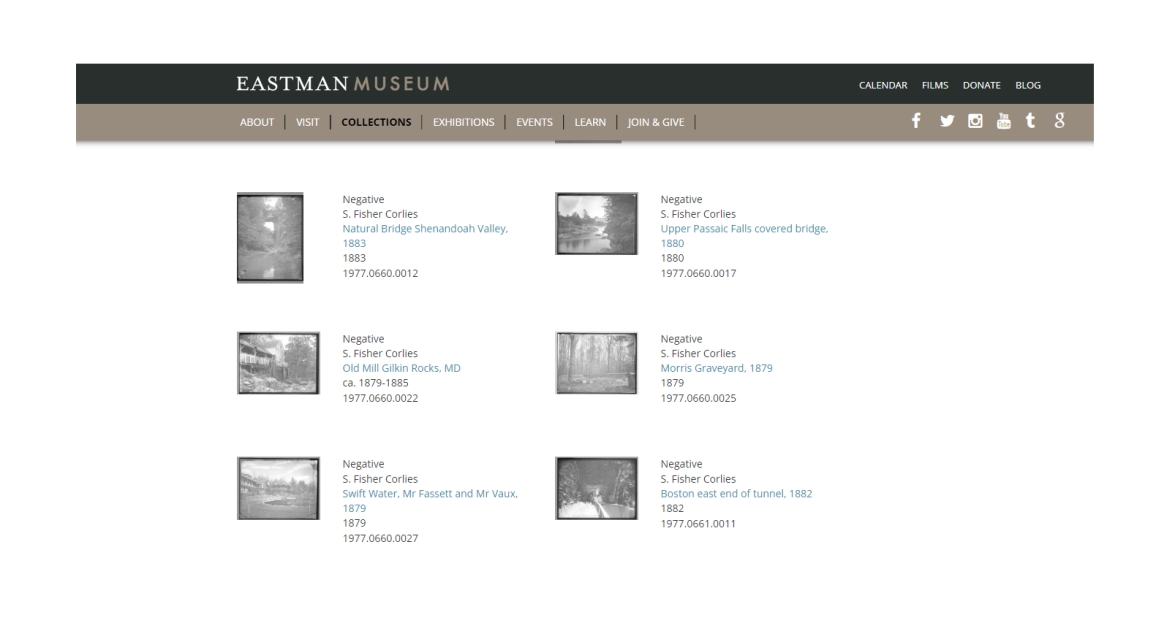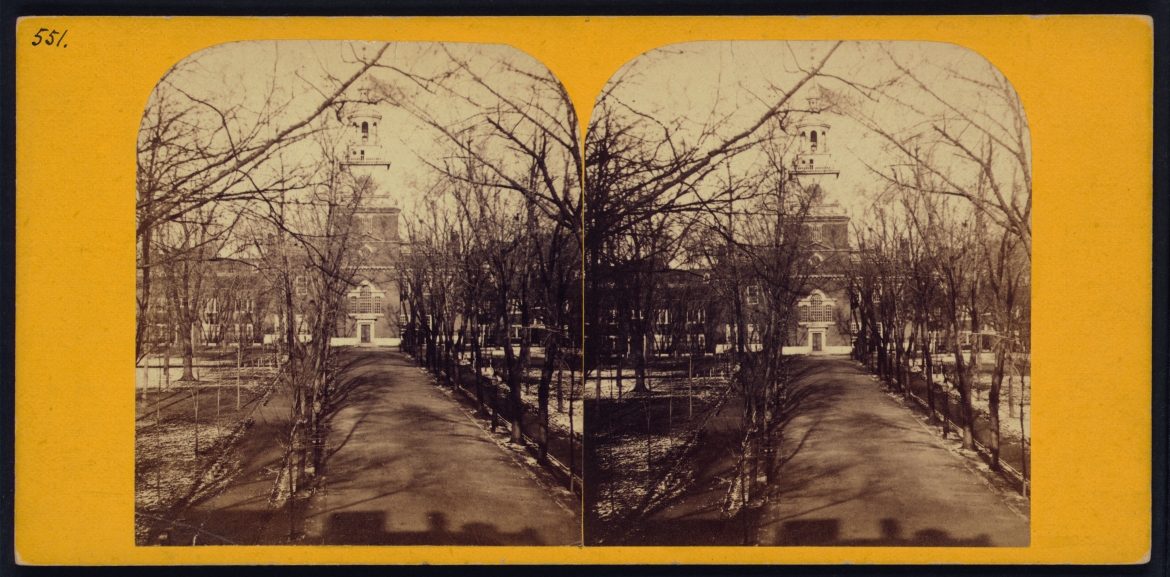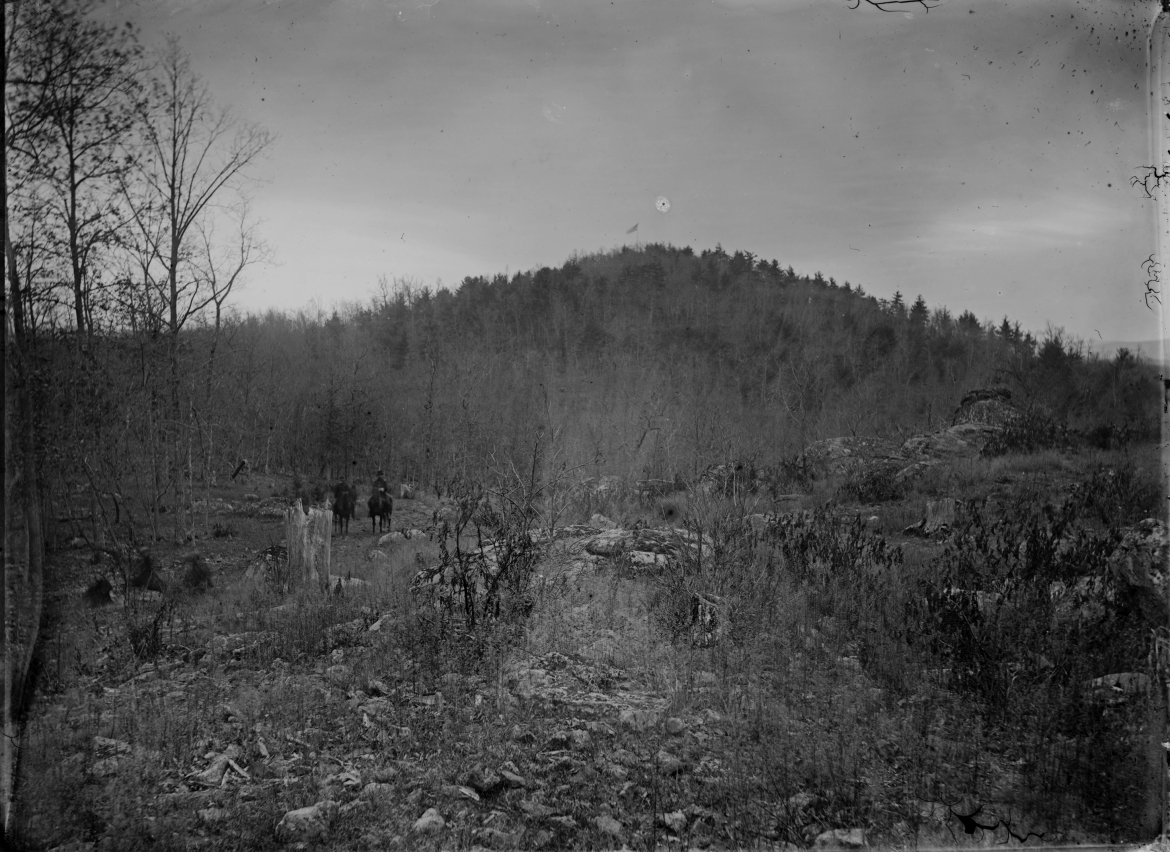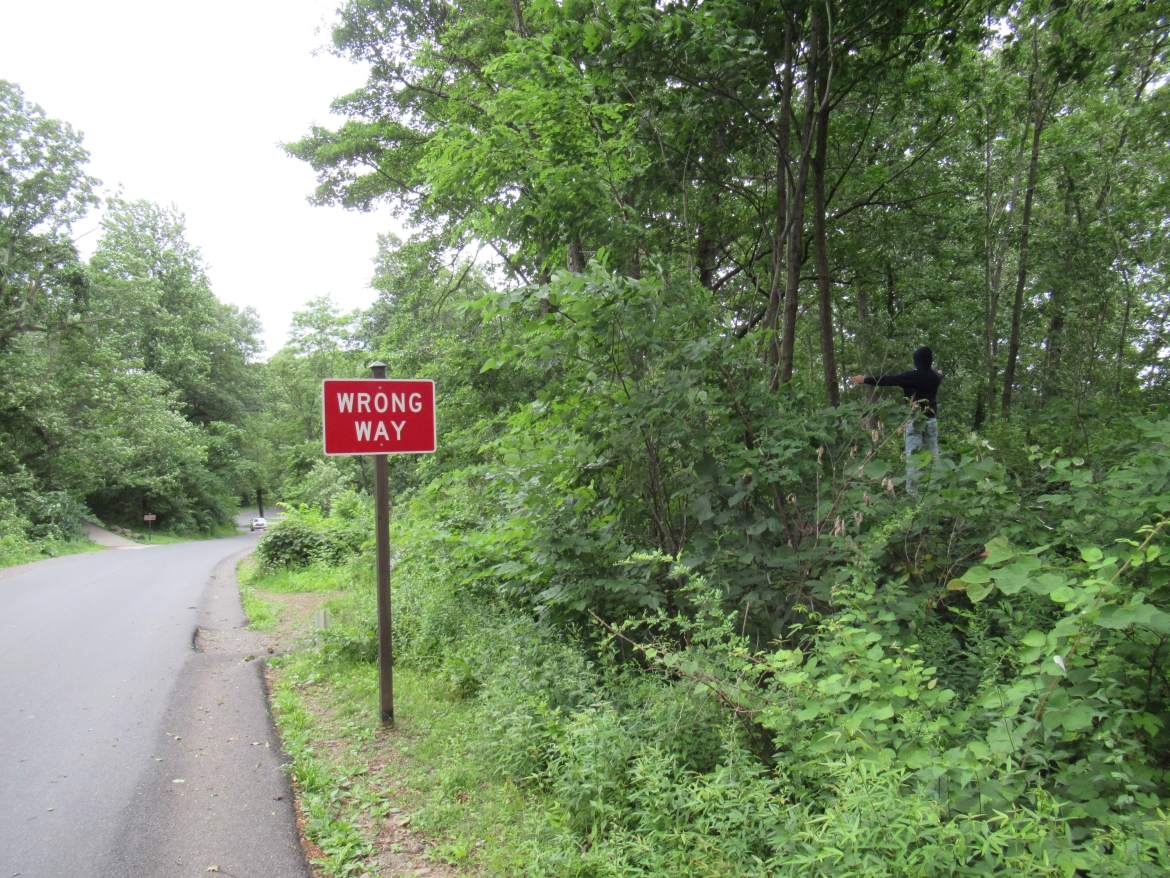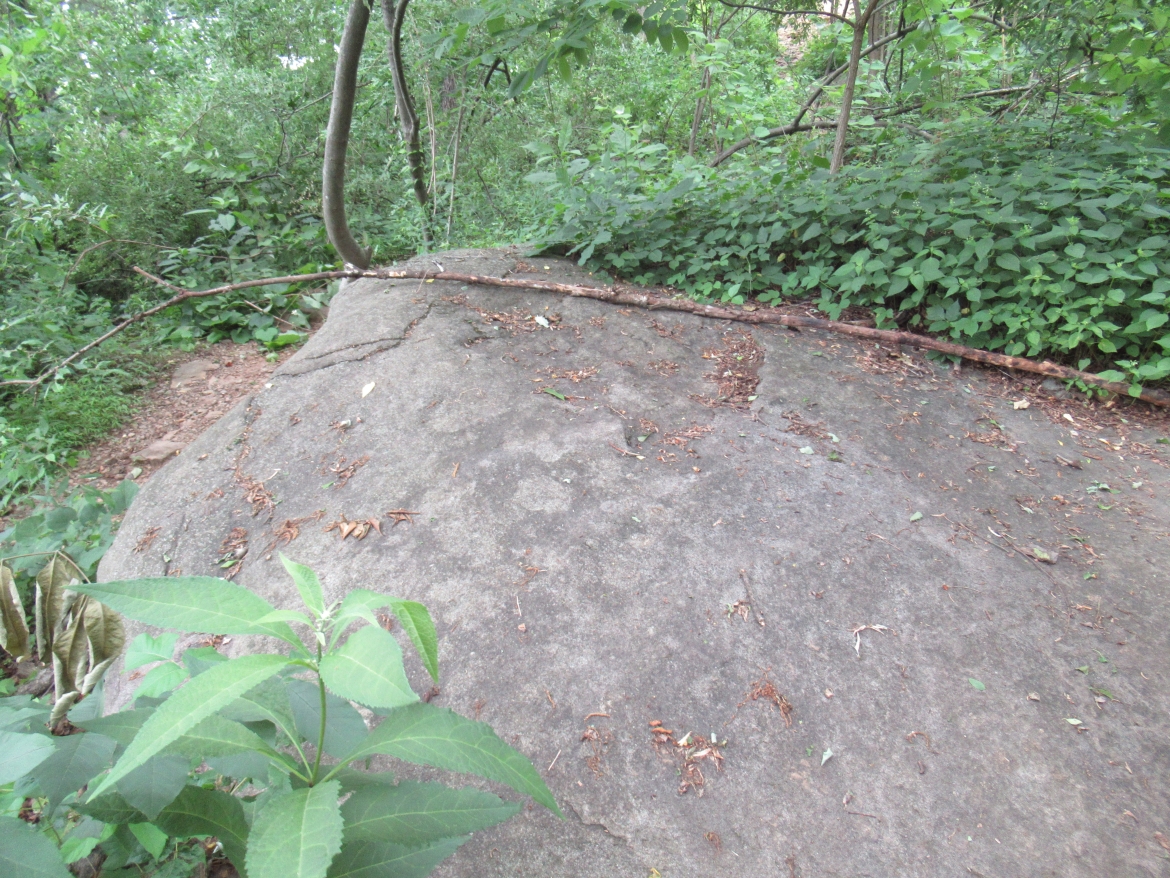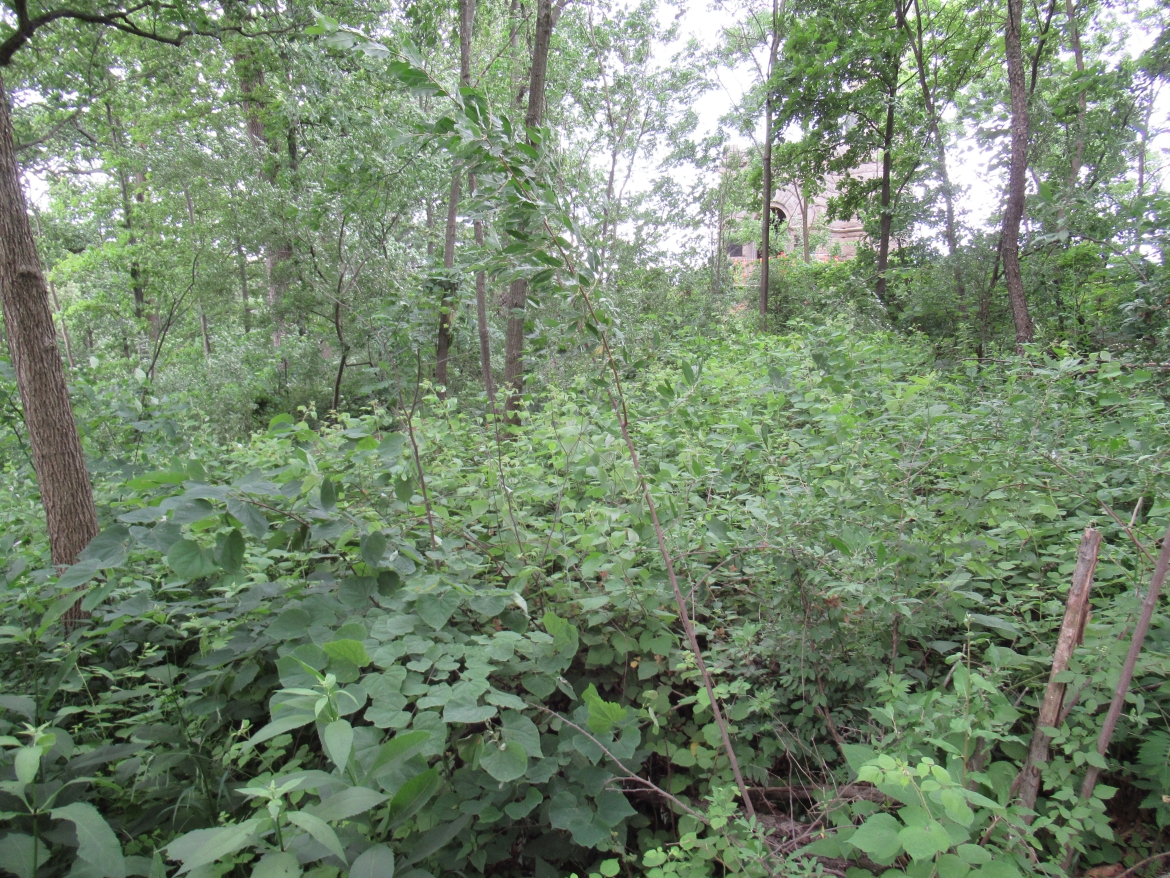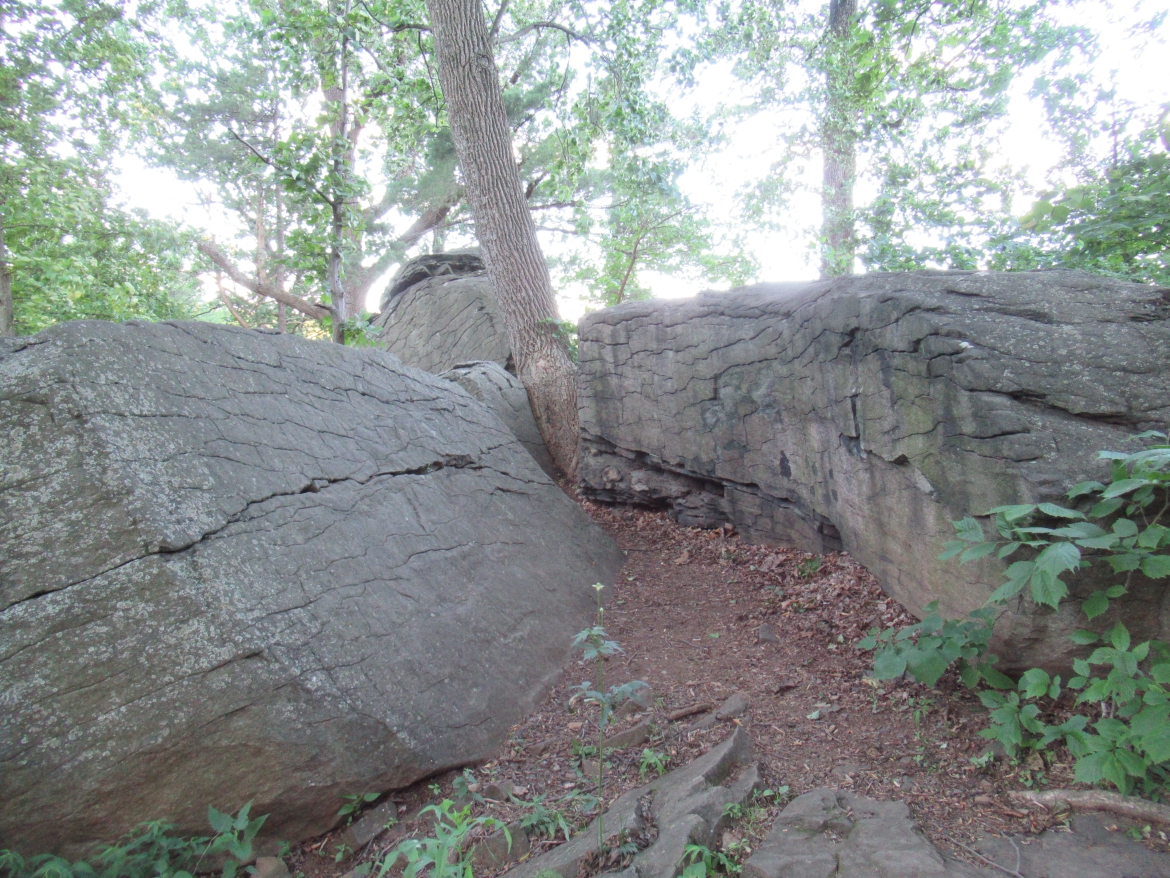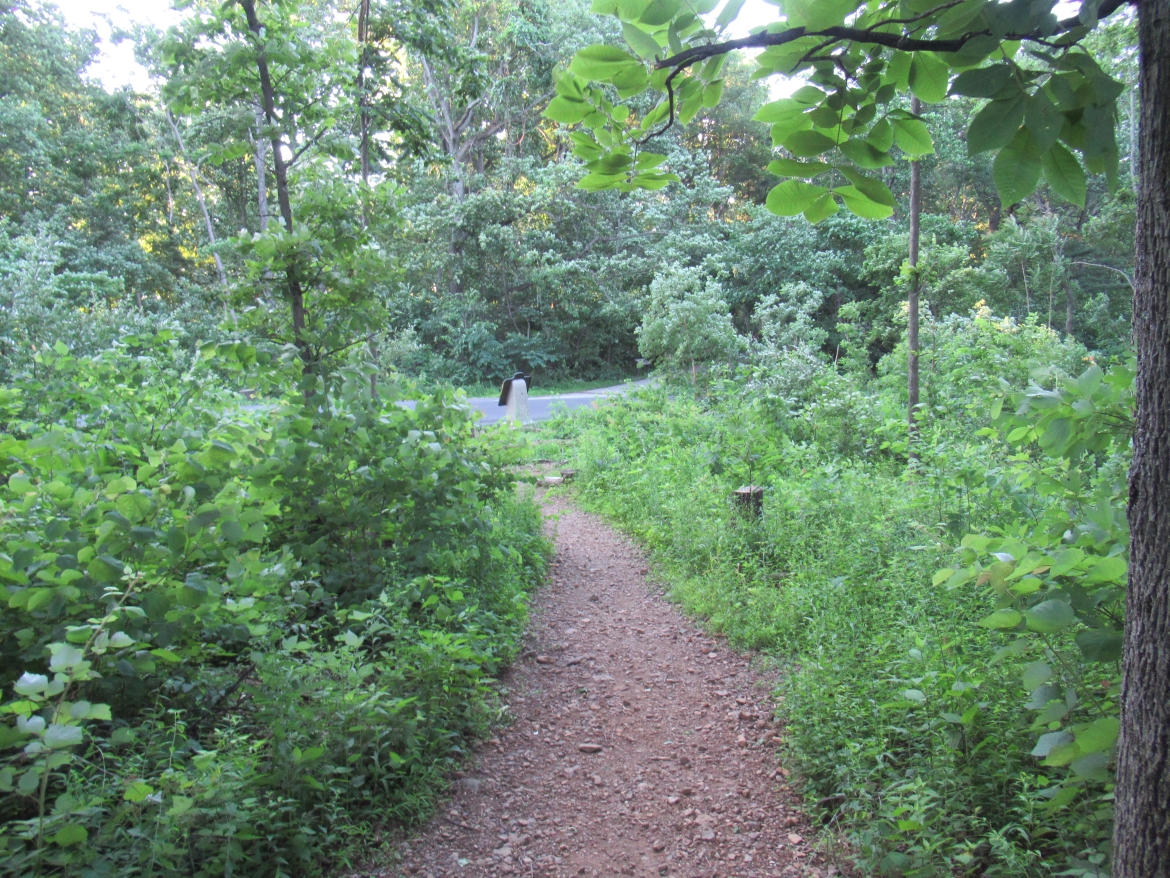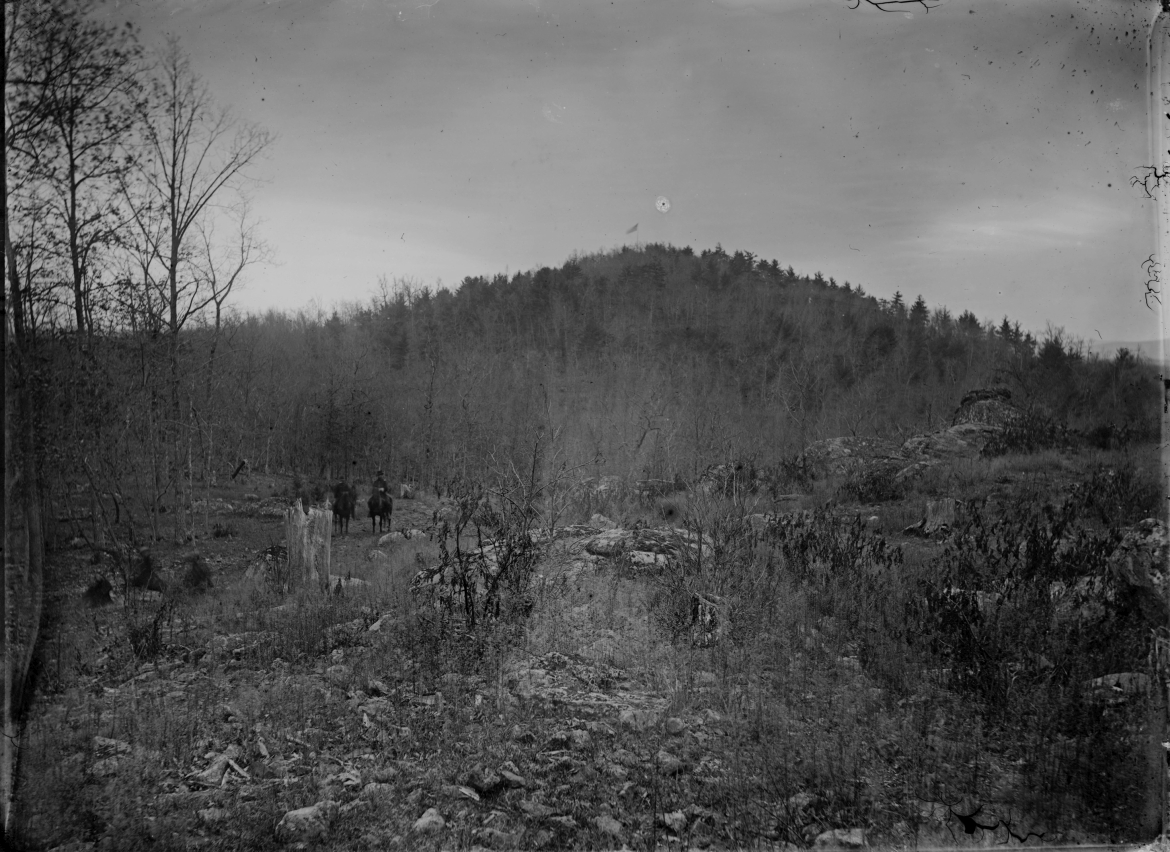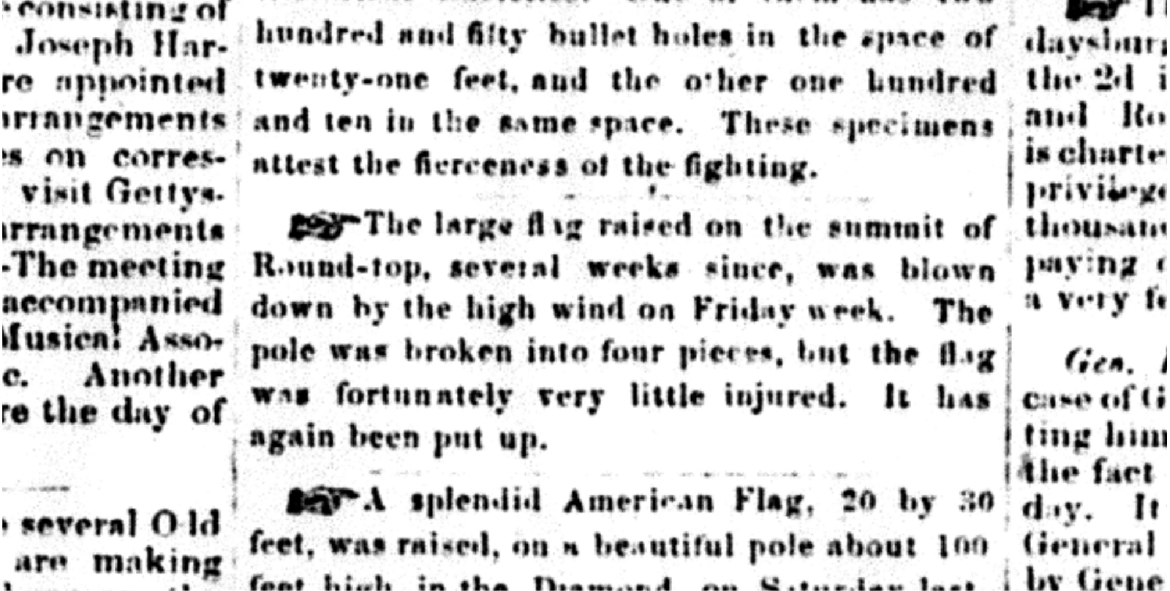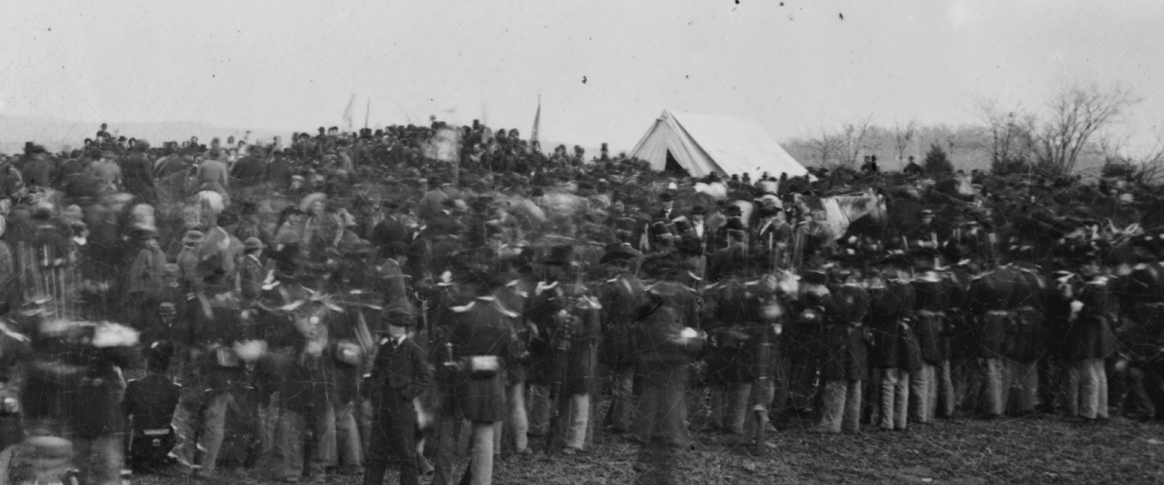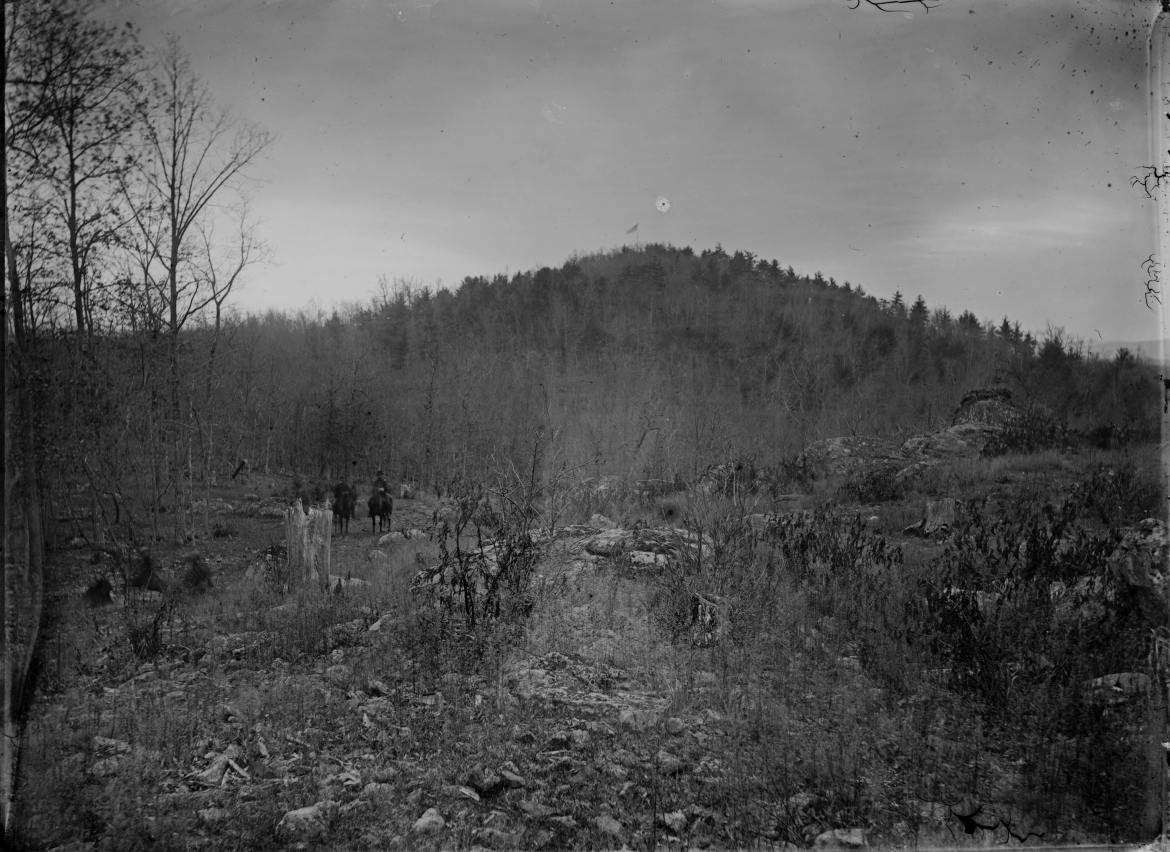Approximately ten years ago, Adams County Historical Society Historian and Gettysburg Licensed Battlefield Guide Tim Smith was looking through the George Eastman Museum online photographs, and discovered this image labeled “Round Top, Harper’s Ferry, 1881.” Tim thought that this looked like Gettysburg, and later, then-Director Wayne Motts ordered the image for the Adams County Historical Society. Tim and Garry Adelman were able to match the rocks in this image with the rocks on the south slope of Little Round Top. The image is now labeled as “Little Round Top, 1881” on George Eastman’s digital collection. We are thankful for the George Eastman Museum for giving us permission to use this photograph in this one time only post. This is a digital positive from a gelatin silver glass plate negative in the George Eastman Museum’s Collection. Courtesy of the George Eastman Museum. This image was taken facing south in 1881.
The photographer was Philadelphia attorney Samuel Fisher Corlies. In the 1880s, he was taking single plate photographs such as these outdoor views which are displayed on the George Eastman site.
Samuel Fisher Corlies was at Gettysburg circa November, 1863. Some of the photographs that he took while in Gettysburg are featured in William Frassanito’s Early Photography at Gettysburg, including: a photograph of the reburial of the soldiers in the National Cemetery (Early Photography pages 170-171), headboards on the graves of New York soldiers in the National Cemetery (Early Photography pages 172-173), and views of Union earthworks on Culp’s Hill (Early Photography pages 195-199).
In 1863 however, Samuel Fisher Corlies was not taking outdoor single plate photographs at Gettysburg or anywhere else. He was taking stereo views, such as this photograph that he took of Philadelphia’s Independence Hall in November, 1863.This image is courtesy of the Library of Congress.
Because the title on the George Eastman Museum envelope containing the image states that the year was 1881, and because no single plate negatives of Gettysburg by Corlies in the 1860s have been found, this image has continued to carry the 1881 date. This is a digital positive from a gelatin silver glass plate negative in the George Eastman Museum’s Collection. Courtesy of the George Eastman Museum. This image was taken facing south in 1881.
Little Round Top will be closed to visitors in the near future for approximately 18 months. If one would like to find where Corlies’ photograph on Little Round Top, looking back to Big Round Top was taken, go the the Bus parking space on the west side of Sykes Avenue. Face south near the Wrong Way sign. Go west into the undergrowth where the figure with the dark hooded sweatshirt is standing. He is holding his arms out to capture the view that Corlies captured in his image.This image was taken facing south at approximately 10:45 AM on Saturday, June 18, 2022.
The dark hooded figure was standing on this rock. This might have been the spot where Corlies setup his tripod to take the picture.This image was taken facing south at approximately 10:45 AM on Saturday, June 18, 2022.
Garry Adelman informed us that the photographer’s location was “closer to the 44th NY monument than you’d think.” The 44th New York Monument is barely visible through all of the undergrowth. So the site where the camera stood might have been between the site that we chose and the 44th New York Monument. It is difficult to tell with all of the undergrowth.This image was taken facing west at approximately 10:45 AM on Saturday, June 18, 2022.
The distinctive set of rocks on the right side of the Corlies’ image are south of the 44th New York Monument.This image was taken facing southwest at approximately 10:45 AM on Saturday, June 18, 2022.
One may reach those distinctive rocks by taking the pathway leading from the Vincent’s Brigade marker.This image was taken facing southeast at approximately 10:45 AM on Saturday, June 18, 2022.
According to the George Eastman House, the image changed hands before it was acquired by the George Eastman House, and the envelope is not the original envelope in which the negative for this image was stored. The museum states that the negative’s envelope is labeled Little Round Top, but when it was originally presented online, it was labeled “Round Top, Harper’s Ferry.” Originally, we thought that the image was also dated incorrectly. We thought that the correct date was 1863 instead of 1881. After all, what event would bring Corlies to Gettysburg in the fall/winter of 1881?
The George Eastman House assured us that this is a single plate image, and not a half of a stereo view. They informed us: “This is a digital positive from a gelatin silver glass plate negative. The dimensions are as follows: Image: 6 1/16 × 8 1/4 in. (15.4 × 21 cm) — Overall: 6 7/16 × 8 7/16 × 1/16 in. (16.4 × 21.5 × 0.1 cm).” This is a digital positive from a gelatin silver glass plate negative in the George Eastman Museum’s Collection. Courtesy of the George Eastman Museum. This image was taken facing south in 1881.
Because of circumstantial evidence, which we present here, we thought it was possible that Corlies took this silver negative on glass in November, 1863. We believed that there are a couple of reasons that made this possible. First, this is a fall/winter scene because many of the leaves are off of the trees. This is a digital positive from a gelatin silver glass plate negative in the George Eastman Museum’s Collection. Courtesy of the George Eastman Museum. This image was taken facing south in 1881.
Second, there is a flag flying off of the top of Big Round Top as it did in November, 1863. We are showing an article in the Gettysburg Compiler from Monday, November 16, 1863, page 2, column 6. “The large flag raised on the summit of Round-top, several weeks since, was blown down by the high wind on Friday week. The pole was broken into four pieces, but the flag was fortunately very little injured. It has again been put up.”
Third, at least one of the soldiers on horseback in the Corlies photo appears to be wearing a dress uniform with a large hat, possibly a Hardee hat, epaulets on his shoulders, and white/light colored gloves. The soldier on the left at least appears to have something white on his shoulders. Again, what event brought them to Gettysburg in the fall/winter of 1881 in their dress uniforms? More than a few soldiers in the National Cemetery for the dedication ceremonies on November 19, 1863 are wearing Hardee hats, epaulets or white shoulder boards on their shoulders, and white/light colored gloves. This is a cropped version of this image, courtesy of the Library of Congress.
Fourth, we know Samuel Fisher Corlies was on the summit of Little Round Top in November 1863, and took a photograph facing to the northwest. William Frassanito wrote an article about that photo for the July/August 1991 issue of Military Images Magazine. We know of the other Corlies photographs taken here in November, 1863 which we mentioned at the beginning of this post. We did not discover any other photograph that Corlies took of Gettysburg in 1881 (or anytime in the 1880s as far as we found) except for the photograph featured in this post. Was it possible that Corlies came to Gettysburg in 1881 and this is the only photograph that he took? Of course, those who believde this photograph is from 1881, might have asked, why did Corlies take only this one single image negative in 1863, and the rest of the photographs that he took were stereo views?
The George Eastman House was also curious, and figured out that this was a gelatin silver glass plate negative instead of a collodion silver glass plate negative as they had originally thought. Gelatin was not used in the 1860s. It was not commercially available until 1878. Their conservators reexamined the image and are confident in the 1881 date, and that this is NOT an 1863 image copied onto a negative in the 1880s. Their reasons are: “First, the negative captures movement in both the flag and in the clouds, meaning that the clouds were photographed in camera on this negative. Orthochromatic film was first introduced by Herman Wilhelm Vogel in 1873, when he discovered that the addition of aniline dyes increased the spectral sensitivity of silver halides to include both blue and green wavelengths of light, a technological development which made it possible to easily and correctly expose both the landscape and sky in a single negative. The properly exposed sky and landscape suggest this was an orthochromatic gelatin dry plate, further supporting the 1881 date. Second, I was unable to identify any printed-in artifacts in the negative that would suggest it is a copy negative. The image is quite sharp in the foreground, and the top and sides have clearly defined unexposed lines that are consistent with a camera plate holder.” So much for our circumstantial evidence/wishing compared to science and hard evidence. However, it is still a remarkable view from Little Round Top showing what the south side of Little Round Top looked like 18 years after the battle. It is very fortunate for us that Tim Smith discovered it long ago and realized that it is a Gettysburg photograph. We are thankful that the George Eastman Museum has preserved it, and we are grateful to them for patience, research, help, and for this onetime opportunity to show the photograph. We hope that the current undergrowth, and more than a few trees on Little Round Top, can be removed someday in order to better replicate this historic view. This is a digital positive from a gelatin silver glass plate negative in the George Eastman Museum’s Collection. Courtesy of the George Eastman Museum. This image was taken facing south in 1881.

